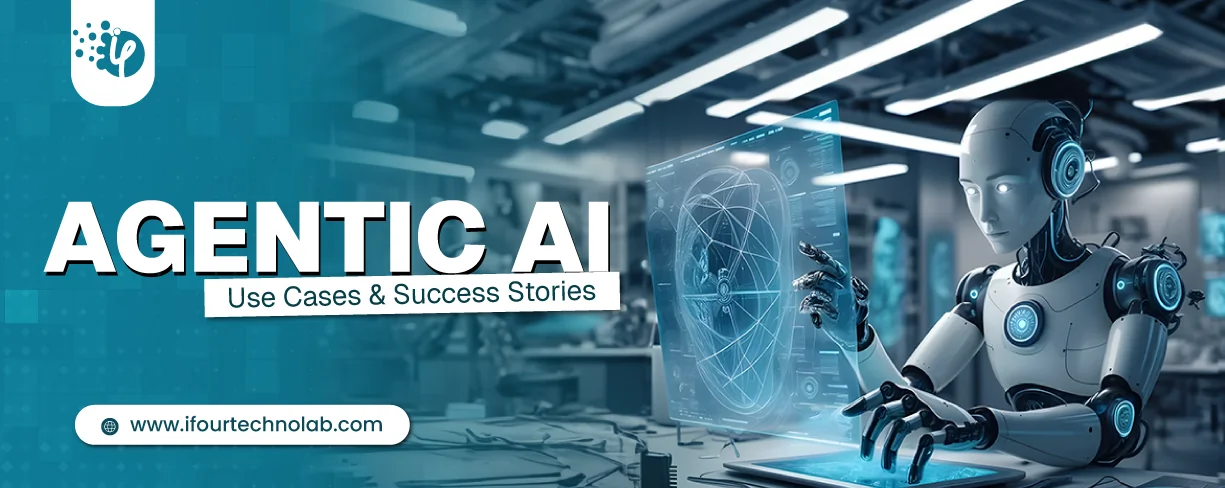With the increase in the usage of Handheld devices, the amount of data being generated is increased exponentially. With the increase in data generation, comes the problem of data storage and scaling. Developers of Backend software development companies all over the world are facing difficulty in storing this large amount of data. Since the traditional databases are unable to cope up with the increasing data storage requirements they are now left with two main options, i.e. Either to Scale-up or Scale-out. Scale-up basically means buying a Bigger machine that has the potential to store a large amount of data and scaling-out is splitting of data across various machines. However, due to the Heavy costs of these bigger machines, Scaling-up could be done only up to a certain limit. So, there is now an urgent need to go for a scale-out option for our databases and this is where MongoDB comes into Picture.
Before Diving deep into the basics of MongoDB, a Fair understanding of NoSQL database is Paramount. NoSQL which basically stands for ‘not only SQL’ is a Non-Relational Database. It encompasses a wide variety of data models. They are typically used for working with large sets of Distributed data. NoSQL is majorly used in an application as where the need of scalability and performance outweighs the need for data consistency.
MongoDB was essentially designed in the Mid-2000s to scale-out the Databases. It is a document-oriented model classified under NoSQL database which allows splitting the data automatically across different servers. Every Database in MongoDB contains collections. These collections, in turn, contains documents. The size and content of documents can be different from each other. Unlike Relational databases, there is no need for defining the schema beforehand. Data Models available within the MongoDB enables the storage of complex structures, Hierarchical relationships, and arrays.


















